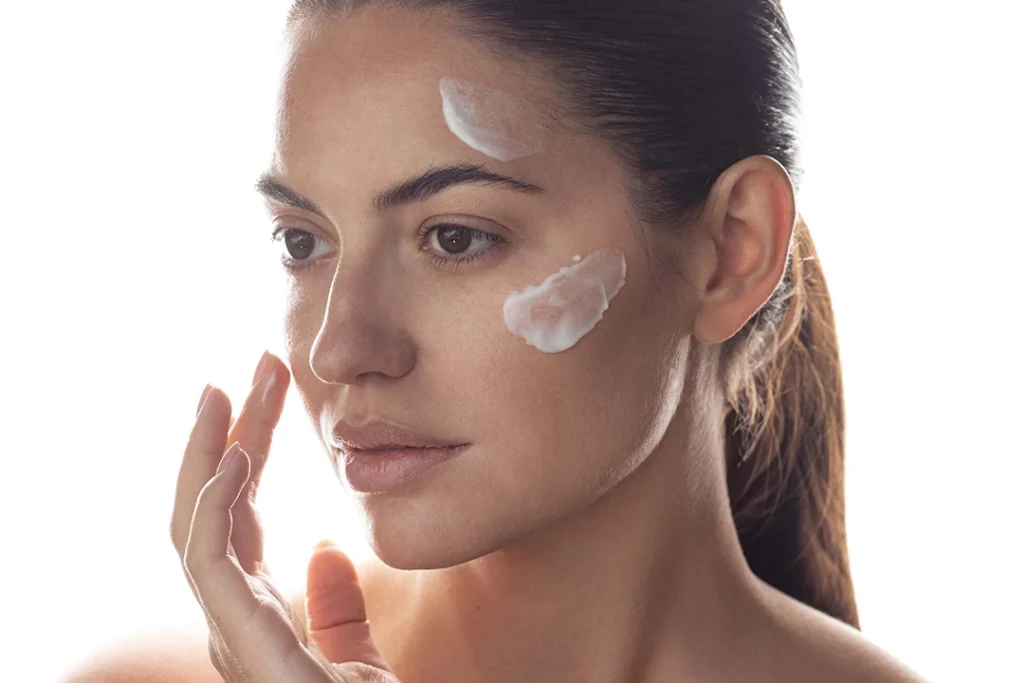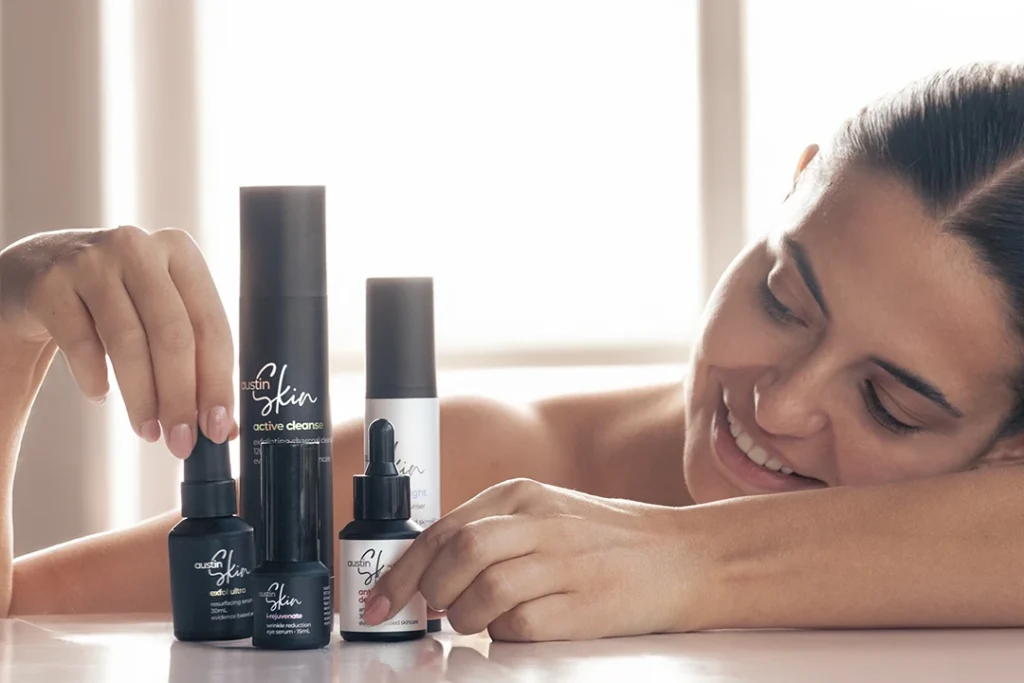The passionate skin professionals at Austin Clinic have a simple mission: to keep you (and your skin) beautiful and healthy today and for years to come. We created this article to help us achieve that goal.
Ultraviolet: From A to C
“The longer you live in a high-UV environment like Australia, if you have a particularly susceptible skin type and you don’t protect yourself, eventually you’ll damage enough cells to lead to skin cancer,” medical epidemiologist David Whiteman told ABC News recently. What we call UV light is actually a combination of three different light waves:
UVA – UVA light is the least damaging of the rays. It does not impact DNA, but the shorter wavelength of UVA allows it to penetrate deep into the skin and damage cell health in other ways. One way is by triggering the production of melanin, the pigment responsible for skin tone and a breeding ground for melanoma.
UVB – The culprit behind sunburn and the majority of skin-related cancers, UVB rays penetrate past the skin down to the epidermis. Once there, it interacts with the genetic material of healthy skin cells to create cancerous ones. According to research, most cells will repair this damage naturally … but not completely. With each new sun exposure, the already damaged cells are challenged further. Over the course of a lifetime, this can lead to accelerated growth and cancer.
UVC – Fortunately for your skin, UVC rays don’t affect your skin because they are absorbed by the atmosphere and never make it to planet Earth.
What’s on the Line: Your Health
The sun’s warm rays may feel glorious against the skin, but sunshine can trigger the development of these three main types of skin cancer:
Basal Cell Carcinoma (BCC): BCC is found to be the culprit in approximately 60% of skin cancer diagnoses. Evidence of BCC is often a brown, scaly patch or white, waxy lump on the face or neck. Basel cell carcinoma grows slowly over months or even years and only occasionally will spread to other parts of the body.
Squamous Cell Carcinoma (SCC): Squamous cell carcinoma is behind approximately 30% of skin cancer diagnoses. Rough, scaly patches on sun-exposed skin are a common symptom of SCC. These patches may crust or bleed and remain sores that don’t completely heal. SCC cells can grow with surprising speed in just weeks or months. Should the cancerous cells penetrate beyond the skin’s top layer, they can then spread to other parts of the body. This makes early diagnosis and treatment critical.
Melanoma: Thankfully, only 10% of diagnosed skin cancers are melanoma, the most serious form of skin cancer. This cancer begins its life in melanocytes, the cells responsible for giving your skin its colour (pigment.) Any new or unusual growth on the skin, or a change in an existing mole should raise a warning flag that melanoma may be present.
What’s on the Line: Your Youthful Skin
As well as triggering cancer cell production, UV rays are a huge factor in the premature ageing of skin. Unprotected exposure to the sun can cause you to develop:
- Wrinkles
- Crow’s feet
- Changes in skin pigmentation often known as age spots
- Redness
- Loss of elasticity
- Sagging skin
- Rough skin texture
- Blotchy appearance
How insidious are UV rays? Research conducted in 2013, concluded that UV radiation is responsible for 80% of visible signs of ageing in Caucasians.
How Sunscreen Saves the Day (and Your Skin)
Now that you know the risks to skin health and beauty associated with sun exposure, it’s time to discover how to protect yourself. You will be pleased to know that the Skin Cancer Foundation in America reports that when used as directed on a daily basis, SPF 15 sunscreen alone:
- Reduces the risk of developing squamous cell carcinoma (SCC) by about 40%
- Reduces the risk of developing melanoma by 50%
There is no shortage of sun protection products available on the market. Not all sunscreens are created equal:
Mineral/Physical Sunscreens – These sunscreens contain ingredients such as titanium dioxide particulate and zinc oxide. They are not absorbed, but rather, sit on the surface where they form a physical barrier between the sun and your skin. Because of this, mineral sunscreens are often a better choice for people with sensitive skin.
Chemical/Organic Sunscreens – Chemical sunscreens contain compounds that absorb UV radiation and convert it to heat. These sunscreens should be applied well in advance of you heading outside as they need time to soak into the upper layer of your skin. The chemical process can cause unwelcome skin reactions in some people.
Evidence from the TGA and other agencies shows sunscreen is generally safe when applied properly. Simply put, the reward outweighs the risk.
Sunscreen Advice: Ask the Experts at Austin Clinic
Which sunscreen is best for you? That’s an excellent question and one best answered by someone who knows. “At Austin Clinic, our training and experience are invaluable in assessing our clients’ skin,” reports Dr Austin. “That professional assessment enables us to select the best sunscreens for each individual’s needs such as Aspect Sun’s Envirostat on the Go.”
To work it’s anti-UV magic, sunscreen must be used correctly. Here are three things you can do to up your sun protection game:
- Put on sunscreen 15 minutes before sun exposure to allow it to settle in or on the skin
- Don’t skimp. A pea-sized blob is sufficient for one cheek
- Reapply every two hours, more frequently if you’re active, sweating or swimming
Note: Unfortunately, no sunscreen alone can protect you completely from all UV radiation. That’s why the Cancer Council created the multi-focus “Slip, Slop…” campaign. We encourage you to follow its suggestions, and to contact Austin Clinic to schedule your annual skin cancer check today.




